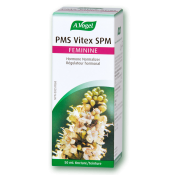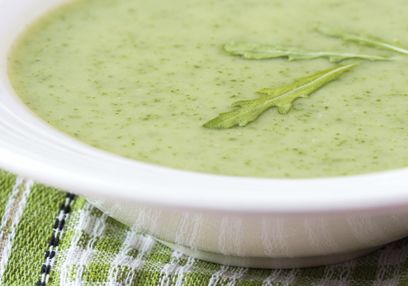We’ve been hearing about it more and more, but exactly what is it?
“Normal” premenstrual syndrome (PMS) is the group of symptoms that occur for up to two weeks before you have your period if you’re among the 20% to 50% of women of reproductive age who experience it. The symptoms are wide-ranging and vary from one woman to the next. The most common symptoms include mood swings, irritability, a feeling of exasperation, depression, bloating, acne, food cravings, abdominal cramps, an overall sense of tiredness or feeling “off.” The determining factor of PMS is its cyclical nature.
Premenstrual dysphoric disorder
In around 5% of women, the symptoms are so intense that they cause significant mental distress to the point where it disturbs their work, studies and even personal relationships. When the symptoms are that severe, we start talking about premenstrual dysphoric disorder, or PMDD. While it’s a matter of hormone fluctuations, this disorder is listed in the Diagnostic and Statistical Manual of Mental Disorders, also known as the DSM. The reason the disorder is listed there is because of the severity of the problems it causes. In fact, the disorder has such a strong impact on some women’s lives that they are often driven to despair. Around 15% of women with PMDD attempt suicide.
PMDD symptoms
Specialists define PMDD by the following criteria:
- At least five of the following symptoms, including one mood-related, during most menstrual cycles in the previous year:
- Depression or feelings of despair
- Anxiety, tension or nervousness
- Mood swings, hypersensitivity
- Anger or irritability
- Lack of interest in everyday activities
- Difficulty concentrating
- Fatigue or noticeable lack of energy
- Changes in appetite, cravings
- Insomnia or drowsiness
- Loss of control, a feeling of being overwhelmed
- Other physical symptoms such as swollen breasts, headaches or water retention
- The symptoms disturb normal activities, work and personal relationships
- The disturbances are not related to a cyclical worsening of the symptoms of another existing disorder (for example, if the person already suffers from depression)
- The symptoms need to be evaluated daily through at least two cycles
PMDD risk factors
No one knows why some women suffer from PMDD while others have no symptoms at all. However, some risk factors are known: stress, excess weight and obesity, as well as a history of traumatic events or sexual abuse. We also know that changing diet and lifestyle can lower the intensity of symptoms.
The dietary recommendations for PMS, such as avoiding coffee, sugar and alcohol, as well as eating less but more frequently to maintain stable blood sugar levels, probably won’t have a significant impact on PMDD. Apparently, a diet rich in protein and complex carbohydrates may provide benefits by raising the concentration of tryptophan, a precursor to the neurotransmitter serotonin, the body’s natural “upper.”
Diet and lifestyle
We also know all about the benefits of cardio exercises on depression, mood, energy and PMS. There’s strong evidence that these are just as beneficial for PMDD. But we’re not talking about running a marathon: it’s enough to simply walk, cycle or swim regularly, meaning for around 30 minutes, three to four times a week.
Vitex is a plant whose effectiveness in treating PMS symptoms such as feelings of depression, anxiety, cravings and water retention has been documented extensively. The plant’s effectiveness in relieving PMDD symptoms has also been proved, especially the physical symptoms.
Generally, PMDD is treated with antidepressants that increase the concentration of serotonin (selective serotonin reuptake inhibitors, or SSRIs, such as Fluoxetine, aka Prozac). This particular treatment is more effective than hormonal remedies. However, these drugs are sometimes linked to side effects such as loss of libido and gastric disorders. The use of St. John’s wort, a well‑known natural antidepressant, has been proved effective for relieving PMDD symptoms. St. John’s wort has the advantage of being generally very well tolerated. Note that any change in medication must be supervised by a health professional.
Given the serious nature of this disorder, it is essential that you consult a doctor to make sure you get an appropriate follow-up and prevent the worst from happening. If your PMS symptoms disrupt your work or personal relationships, keep a journal of your symptoms, their duration and their intensity. This can help your doctor find the best solution for you.
References
http://www.health.harvard.edu/womens-health/treating-premenstrual-dysphoric-disorder
http://www.gyneco-online.com/psy/nouveaux-critères-diagnostiques-pour-le-syndrome-dysphorique-prémenstruel
Atmaca M. et al. Hum Psychopharmacol. 2003 Apr;18(3):191-5.
Huang KL, Tsai SJ. Int J Psychiatry Med. 2003;33(3):295-7.







